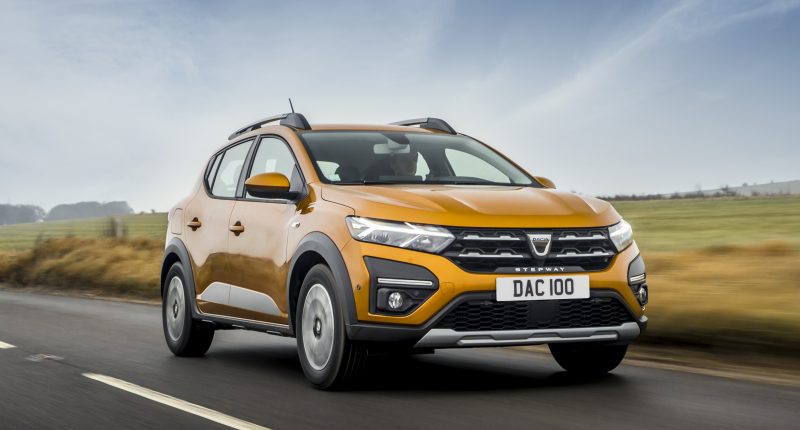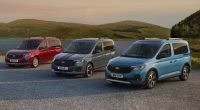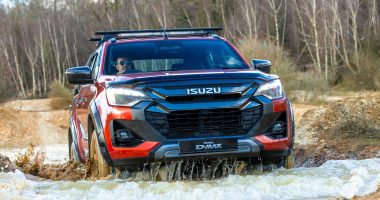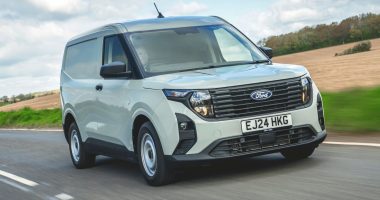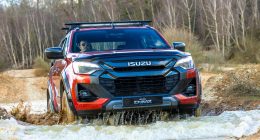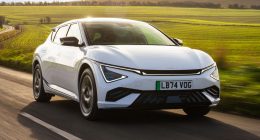For reasons many still can’t fathom, Dacia can sell cars at prices that, on paper at least, are less than the sum of their many parts. Even in the midst of Brexit and the COVID pandemic, it still manages to undercut its rivals by some considerable margin.
Table of Contents
SANDERO STEPWAY: THE LOWDOWN
It is a sign of the times we are living in when a crossover outsells – two-to-one – the regular hatchback on which it is based. That is exactly the story with the Sandero Stepway. It has quickly emerged as the main breadwinner for the Romanian Dacia marque since it was first introduced back in 2013, and the general consensus is this all-new model is set to continue that theme until it too is replaced. Despite the world being in a state of flux for the last eighteen months, pushing raw materials and energy costs through the roof, this remains one of the most affordable ways to buy new. On the road prices start at under £11,500 and as we will go on to explain, you get a lot of bang for your hard-earned buck.
THE SECRET TO ITS SUCCESS
The styling of the previous Sandero Stepway was safe and staid – a case of plain Jane, if you will – but the same observation can’t be levelled at this version. From certain angles there are unmistakable yet subtle notes of the Volkswagen Polo about it, a sign perhaps of how keen designers are to push the crossover-inspired five-door upmarket without commanding the premium price tag. Sold in ‘Essential’, ‘Comfort’ and our test car’s ‘Prestige’ trim, the streamlined front features a Y-shaped daytime running light within the LED headlights – a theme repeated with the tail-lights. There are of course roof bars, protective plastic cladding around the arches and sills, and faux skid plates. A jacked-up ride height is also perfect for overcoming high kerbs, forest tracks or grassy knolls without fear of inflicting damage. Just be careful not to knock a corner off the 16-inch diamond cut alloy wheels on top-spec cars as you do so.
IS THE CABIN CHEAP AND CHEERFUL?
For a car this side of £14,500 you will be pleasantly surprised. We certainly were. Like the plastics that are used to construct the dash, the console and the door cards, build quality is rock solid. Still, you can’t fault Dacia for trying – and succeeding – in lifting the mood with Stepway labelled two-tone seats, coloured air vent surrounds, trendy fabric trim finish for the dash’s centre portion and front door armrests, and chrome effect finish on the multi-function steering wheel and door handles. What’s more, two of the models have an 8-inch centre touch display with built-in sat-nav, Bluetooth, Android Auto and Apple CarPlay and six speakers to blast out your favourite tunes. There has to be a ceiling somewhere, however, and it comes in the form of the driver display which has a small TFT screen sandwiched between good, old-fashioned analogue dials.
IT’S MORE SPACIOUS THAN BEFORE
There was a time when Dacia was always a step behind Renault in the technology, safety and efficiency stakes, however that’s no longer the case. The Sandero Stepway is built on the same CMF-B platform as the Clio supermini and Captur crossover and one immediate advantage of that is space because as well as being lighter and stronger, it has freed up a useful 42mm of extra leg room for those travelling in the back. For its size (4,099mm long, 1,848mm wide and 1,535mm tall), this is a roomy family car – roomier than its Nissan Juke rival, in fact, and five adults can complete trips in it with few complaints. Wide opening doors and that raised ride height come into their own when entering and exiting the car, while the split-folding rear seats and 328-litre boot help increase its practicality credentials further.
A PETROL-ONLY AFFAIR
Dacia intentionally limits customer options to metallic paint and a space saver space wheel to ensure the buying process is kept nice and simple. That same ethos applies to engines and transmissions as choice is restricted to two: an 89bhp 1.0-litre three-cylinder turbo petrol badged ‘TCe 90’ and a 99bhp ‘TCE 100 Bi-Fuel’. Both can be paired to a 6-speed manual, with a 6-speed CVT automatic also available on the former. Unsurprisingly, straight line performance is not this car’s strongest hand as both take over 11 seconds to reach 62mph even with a heavy right foot. Still, refinement is easily on a par with other cars in this class and the CVT, with a low gear setting for winter driving, works its way up and down the range with minimal fuss. Handling-wise, the Sandero Stepway is nicely-balanced and is an assured way of karting precious cargo or small people around safely. Engineers have erred on the side of comfort, while the added suspension travel allows lumps and bumps to be mopped up easily.
PROS AND CONS
+ Stylish looks inside and out
+ Ergonomically sound cabin
+ Class-leading value
– Limited engine choice
– Little room for customisation
– Not the greenest small car
INFOTAINMENT: Positioned at the perfect height and angulated slightly towards the driver, the 8-inch touchscreen is one of the best you are likely to find in any B-segment family crossover. Thumb-sized icons are also easy to decipher on the move. The ‘MediaNav’ system features sat-nav and Bluetooth and full compatibility with both Android Auto and Apple CarPlay devices.
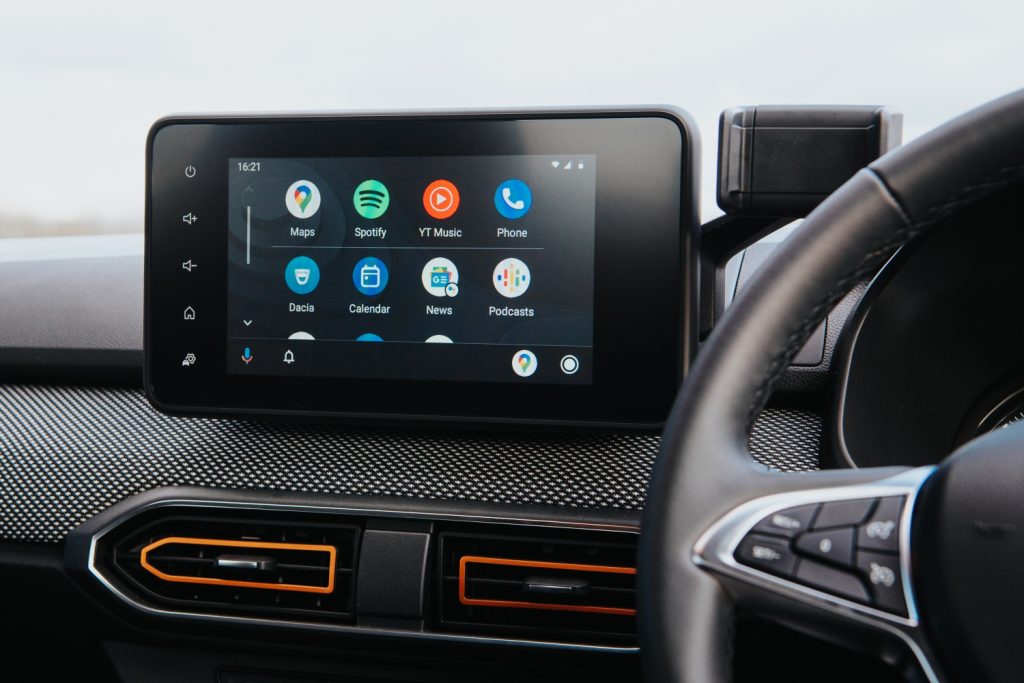
INTERIOR: Everything you could want in a car comes as standard on ‘Prestige’ versions, including automatic air conditioning, a small TFT trip computer, and keyless stop/start. The cabin is really nicely presented with contrasting colours for the dash and seats a nice touch. Some switchgear, such as that used to operate heating and ventilation, have been pinched from the current Clio supermini.
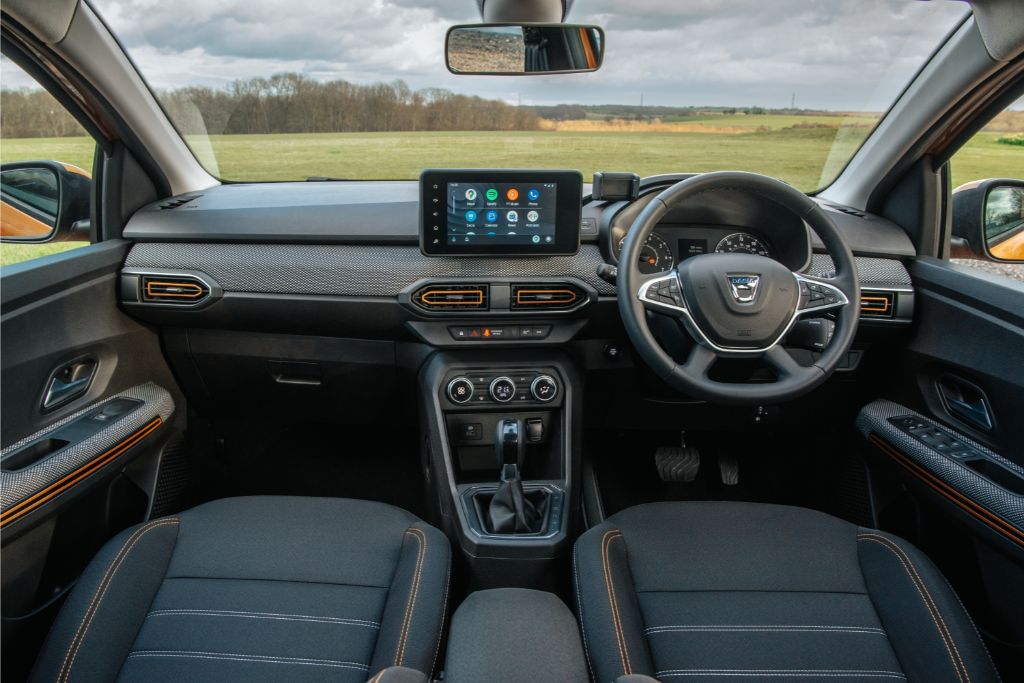
STYLING: The reworked exterior is sure to win over prospective buyers, particularly the LED lights and just-so rugged body cladding, while the patented roof bars can be converted into a roof rack capable of carrying a load weighing 80kg. 16-inch alloy wheels are standard on top-spec models, although customers can choose from six metallic hues including ‘Desert Orange’ (£595).

PRACTICALITY: The boot is a generous size at 382-litres although the painted lip, which will attract scratches over time, is a permanent feature as the floor is not height adjustable. In-car storage totals 21-litres and overall comfort for five passengers in such a compact car is pretty good. Front and rear sensors and a rear facing camera make manoeuvring the car in tight spots easier still.
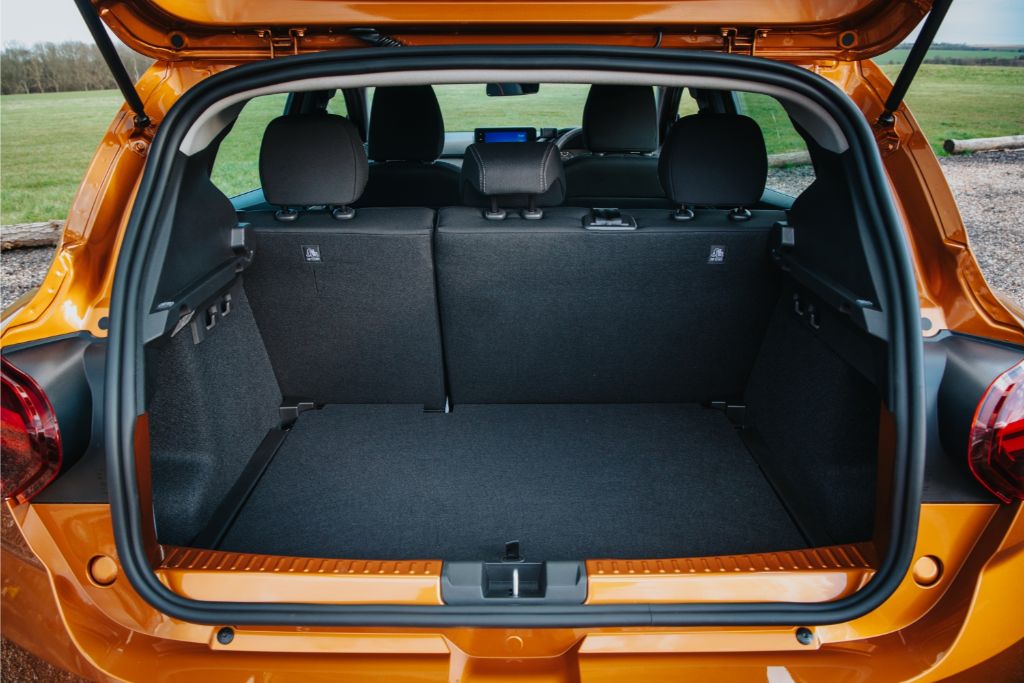
SPECIFICATION
Price: £16,340 (as tested)
Engine: 1-litre, 3cyl turbo petrol
Power/torque: 89bhp/105lb ft
Transmission: 6-speed automatic, front-wheel drive
0-62mph: 14.2 seconds
Top speed: 101mph
Economy/CO2: 45.6mpg/140g/Km
